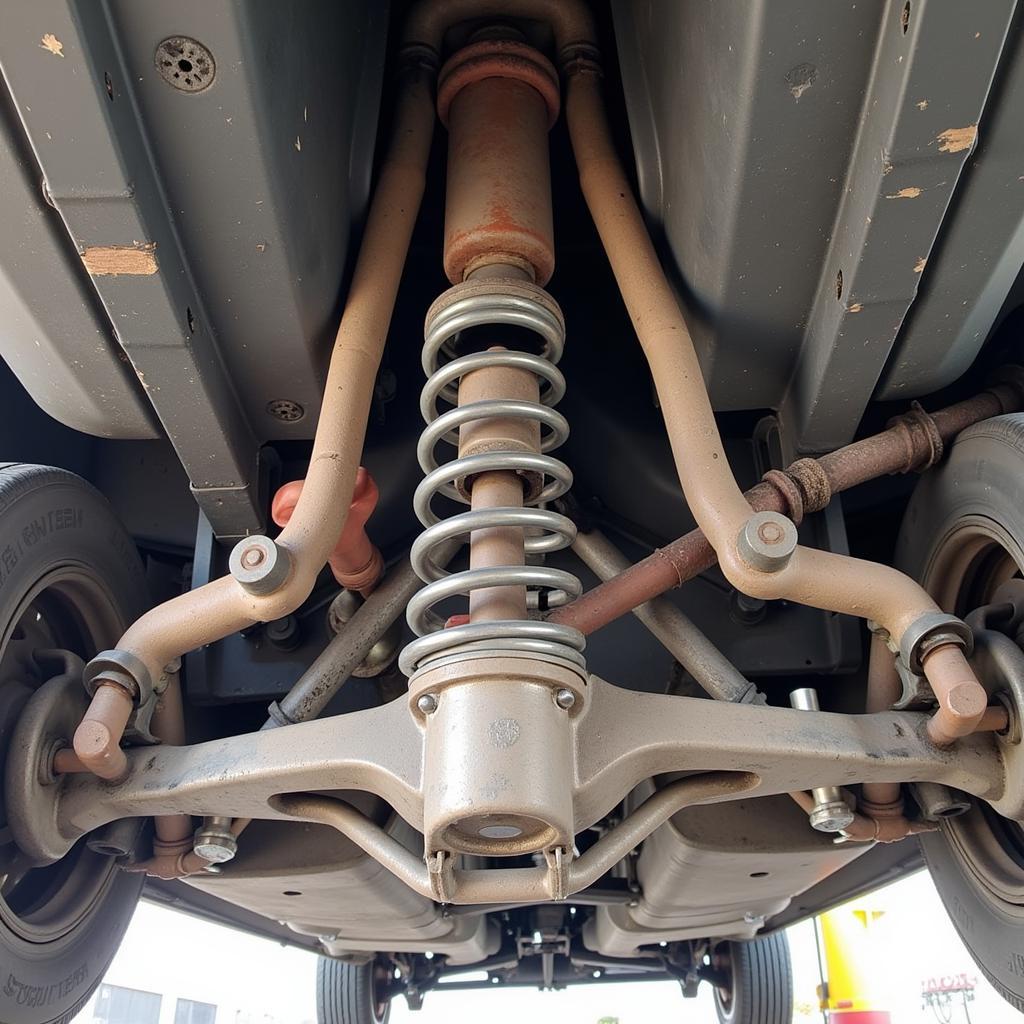Buying a used car can be a smart financial move, but it’s essential to be prepared for potential repair costs. Knowing when these costs are most likely to occur can help you budget accordingly and avoid unexpected financial burdens. Understanding the typical lifespan of various car components and common issues related to mileage can save you headaches and money down the road.
Predicting Major Repair Costs Based on Mileage
One of the biggest factors influencing repair costs is mileage. As a car accumulates miles, its components naturally wear down, increasing the likelihood of needing repairs or replacements. While every car is different and maintenance plays a crucial role, there are some general mileage ranges where certain major repairs become more common.
60,000-75,000 Miles: Timing Belt Replacement
Around this mileage range, many vehicles require a timing belt replacement. This is a critical maintenance item, as a broken timing belt can cause catastrophic engine damage. Don’t neglect this service!
75,000-90,000 Miles: Suspension and Steering Components
As a car approaches and surpasses 75,000 miles, components like shocks, struts, and ball joints can start to wear out, affecting handling and ride comfort.
 Worn Suspension Components in a Used Car
Worn Suspension Components in a Used Car
100,000+ Miles: Major Engine and Transmission Issues
Once a car hits the 100,000-mile mark, the risk of major engine and transmission problems increases significantly. These repairs can be costly, so it’s important to be prepared. Regular maintenance can help extend the life of these components, but eventually, they will likely require attention.
“High mileage vehicles certainly require a more thorough inspection,” advises John Miller, Senior Automotive Technician at Miller’s Auto Repair. “A pre-purchase inspection by a qualified mechanic is crucial to identifying potential issues before you buy.”
Factors Beyond Mileage: Maintenance History, Driving Conditions, and More
While mileage is a key indicator, other factors contribute to the timing of major repairs. A well-maintained vehicle with complete service records is less likely to experience premature failures compared to a neglected car. Driving conditions, such as extreme temperatures or frequent stop-and-go traffic, can also accelerate wear and tear.
Decoding the Maintenance History
A comprehensive maintenance history provides valuable insights into a used car’s past. Look for records of regular oil changes, fluid flushes, and other essential maintenance tasks. A well-documented history can provide peace of mind and indicate a car that has been properly cared for.
The Impact of Driving Style and Environment
Aggressive driving habits and harsh environmental conditions can significantly impact the lifespan of car components. Frequent hard braking, rapid acceleration, and driving on rough roads can put extra stress on various parts, leading to premature wear and tear.
“Driving style has a profound impact on a vehicle’s longevity,” says Sarah Chen, Automotive Engineer at Chen Automotive Solutions. “Smooth driving and regular maintenance are key to preventing premature wear.”
Minimizing the Risk of Unexpected Repair Costs
While you can’t completely eliminate the possibility of repairs, proactive steps can help minimize the risk and keep your used car running smoothly. Regular maintenance is paramount, along with thorough pre-purchase inspections.
The Importance of Pre-Purchase Inspections
Before buying a used car, invest in a professional pre-purchase inspection from a qualified mechanic. This is a small price to pay for the peace of mind it provides. A thorough inspection can uncover hidden problems and help you avoid buying a car with potentially expensive repairs looming on the horizon.
 Pre-Purchase Car Inspection by a Mechanic
Pre-Purchase Car Inspection by a Mechanic
Conclusion
Understanding when major repair costs are likely to occur in a used car empowers you to make informed decisions and budget accordingly. While mileage is a significant factor, remember to consider the maintenance history, driving conditions, and always opt for a pre-purchase inspection. By being proactive, you can enjoy the benefits of owning a used car without the stress of unexpected and costly repairs. Consider reading more about how much does car body repair cost.
FAQ
-
What is the most important maintenance item for a used car?
Regular oil changes are crucial for engine health. -
How can I find a reliable mechanic for a pre-purchase inspection?
Ask for recommendations from friends, family, or online reviews. -
What are some common signs of suspension problems?
Unusual noises, vibrations, or uneven tire wear. -
Is it worth buying a used car with over 100,000 miles?
It depends on the car’s condition, maintenance history, and your budget. -
How can I extend the life of my car’s transmission?
Regular fluid changes and avoiding aggressive driving. -
How much does a car body repair cost?
It depends on the severity of the damage. Consider checking out our article on car body repair costs for more information. -
What are some common signs of engine problems?
Unusual noises, leaks, or decreased performance.
Need more help? Contact us via WhatsApp: +1(641)206-8880 or Email: [email protected]. We have a 24/7 customer support team ready to assist you.


